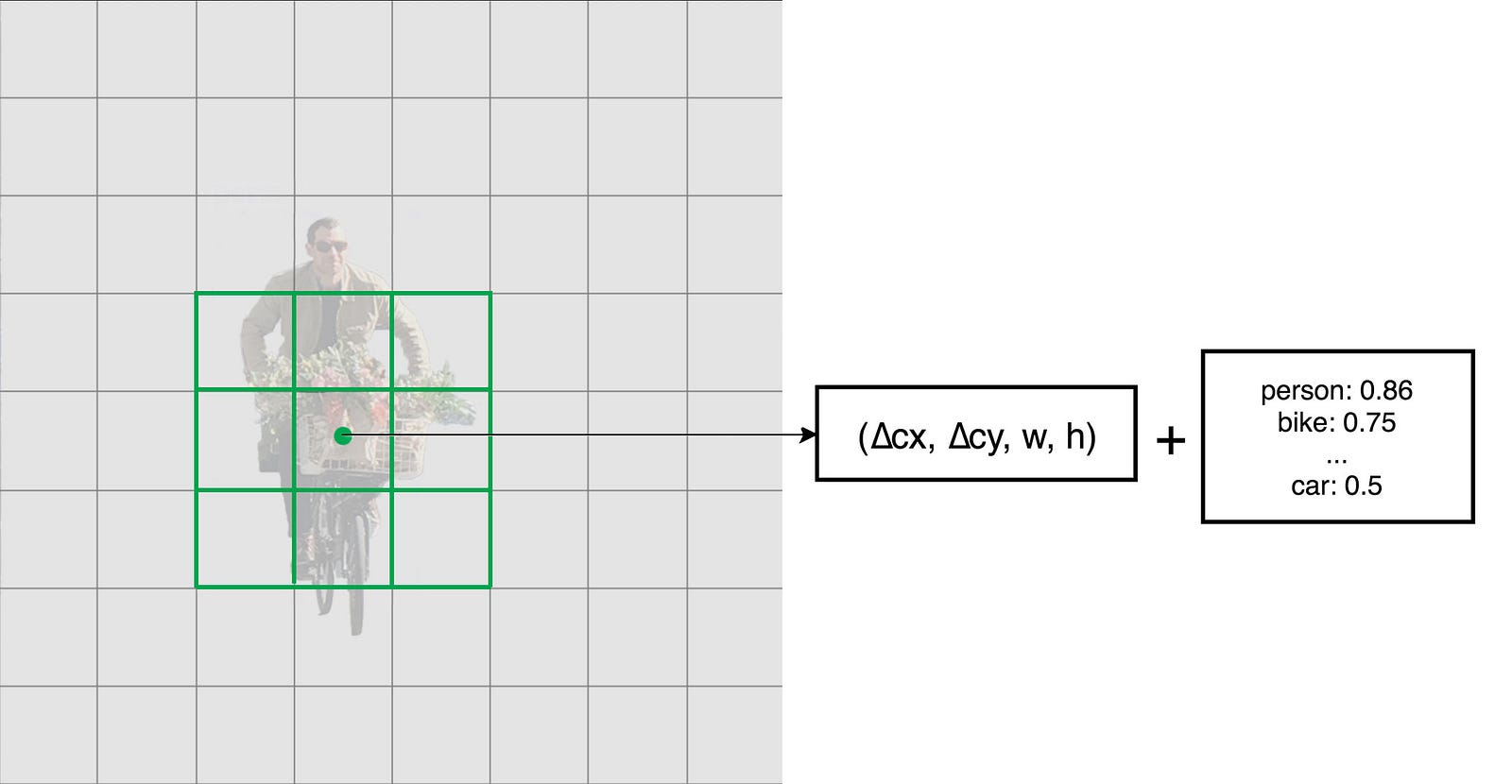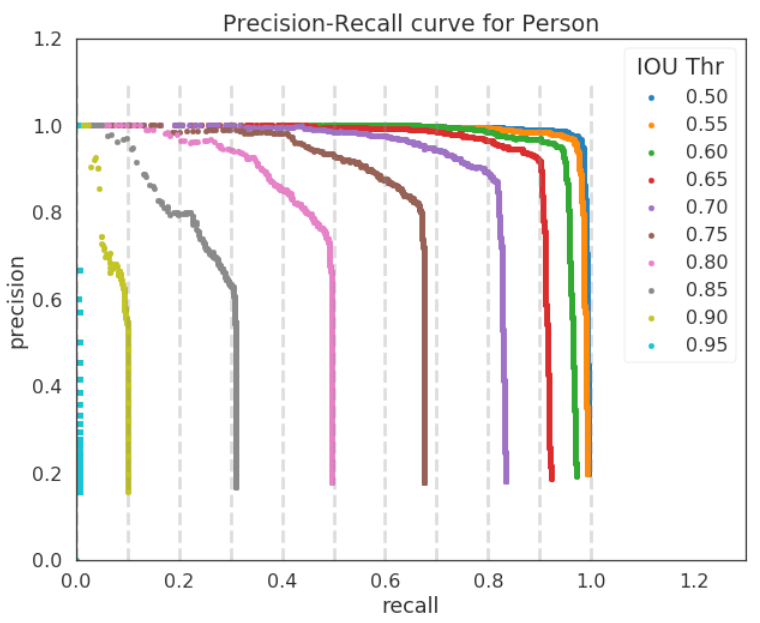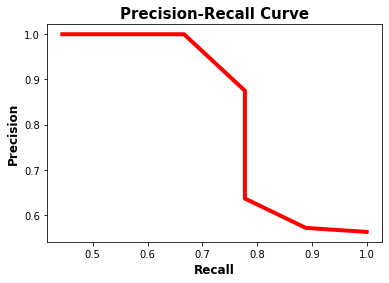Map Calculation For Object Detection. To calculate it for Object Detection, you calculate the average precision for each class in your data based on your model predictions. This article explains the objective of mAP and how to calculate it. As mentioned before, both the classification and localisation of a model need to be evaluated. To understand mAP, we would need to first review precision and recall. Primer Precision and recall are two commonly used metric to judge the performance of a given classification model. Intersection over Union (IoU) Whether a detection is correct or not solely dependents on the model's predicted bounding box of an object and its overlap with the original bounding box of the object in the image (ground truth).

Map Calculation For Object Detection. For each class: First, your neural net detection-results are sorted by decreasing confidence and are assigned to ground-truth objects. In this post, we will dive into the intuition behind how mean Average Precision (mAP) is calculated and why mAP has become the preferred metric for object detection models. In object detection and recognition, similar but nonidentical sensing data probably maps to the same result. The explanation is the following: In order to calculate Mean Average Precision (mAP) in the context of Object Detection you must compute the Average Precision (AP) for each class, and then compute the mean across all classes. Fair enough! mAP stands for Mean Average Precision (as you might already have guessed looking at the title). Hence, the standard metric of precision used in image classification problems cannot be directly applied here. Map Calculation For Object Detection.
Note that if there are more than one detection for a single object, the detection having highest IoU is.
Therefore, a cache preserving popular results to support approximate match for similar input requests can accelerate the task by avoiding the otherwise expensive deep learning model inferences.
Map Calculation For Object Detection. First, we'll make a brief introduction to the task of object detection. The mAP is calculated over the result of your model's prediction on your validation data set. To calculate it for Object Detection, you calculate the average precision for each class in your data based on your model predictions. Therefore, a detection is represented by a set of three attributes: object class (i.e. person) From the ground truth bounding boxes and the prediction scores obtained from the trained object detection model are used for MAP score calculation. In this post, we will dive into the intuition behind how mean Average Precision (mAP) is calculated and why mAP has become the preferred metric for object detection models. The explanation is the following: In order to calculate Mean Average Precision (mAP) in the context of Object Detection you must compute the Average Precision (AP) for each class, and then compute the mean across all classes.
Map Calculation For Object Detection.









